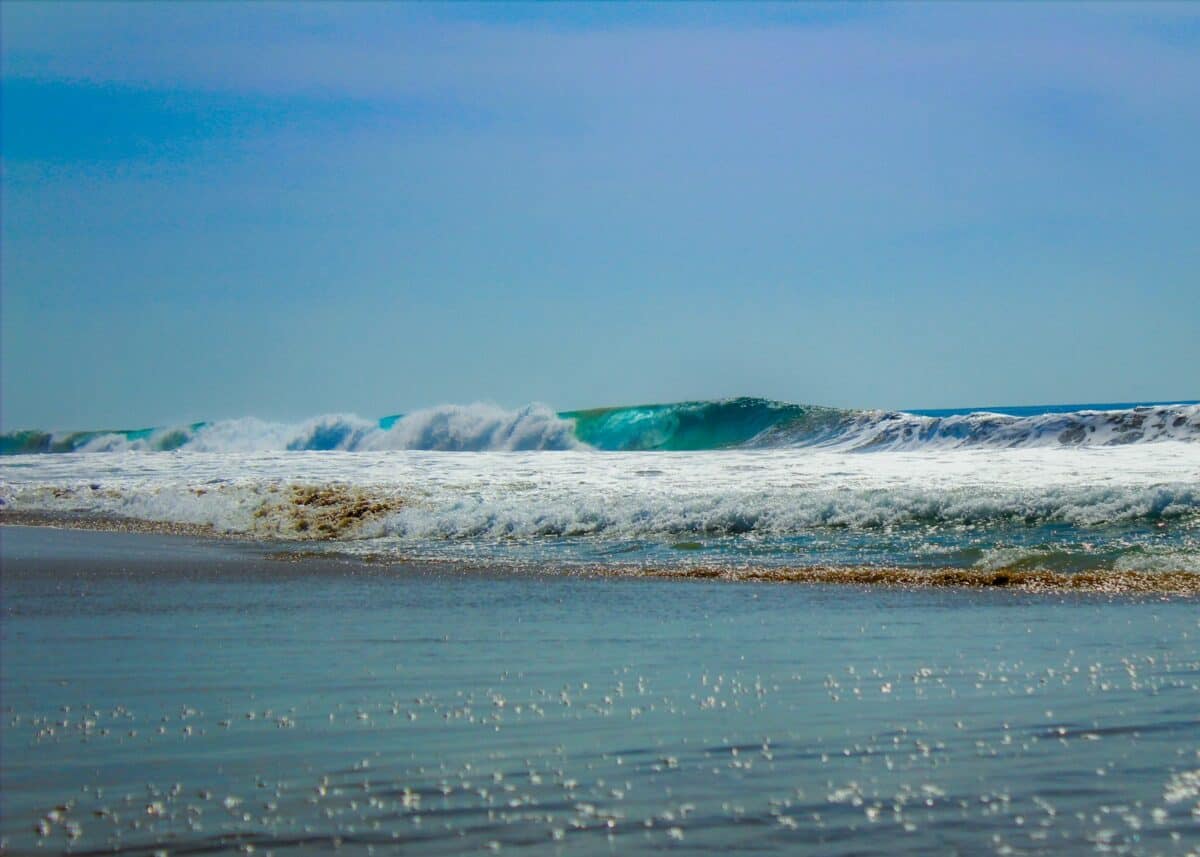The ocean, vast and mysterious, holds many secrets. Among its greatest mysteries are the chilling sounds that have been recorded deep beneath its waves. These auditory phenomena have fascinated scientists and intrigued the public. Let’s delve into the stories behind some of the most terrifying sounds ever captured from the depths of the ocean.
12. The Bloop
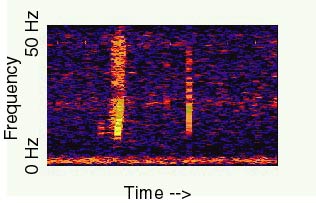
The Bloop is perhaps the most famous underwater sound ever recorded. Detected in 1997 by the National Oceanic and Atmospheric Administration, this ultra-low-frequency and extremely powerful underwater noise was heard across the Pacific Ocean. Though initially speculated to be produced by a gigantic sea creature, scientists later attributed the sound to icequakes — icebergs cracking and breaking away from Antarctica. Despite this explanation, the Bloop continues to capture imaginations worldwide.
11. The Upsweep
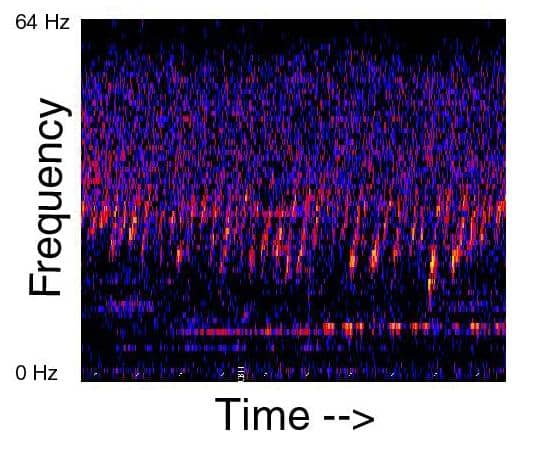
First recorded in 1991, the Upsweep consists of a long series of narrow-band upsweeping sounds. It is more prominent during specific seasons, reaching peaks in spring and fall. The origin of the Upsweep remains unidentified, although it is believed to be of volcanic origin. The sound continues to be a source of intrigue and offers a reminder of the ocean’s dynamic and sometimes unsettling nature.
10. The Train
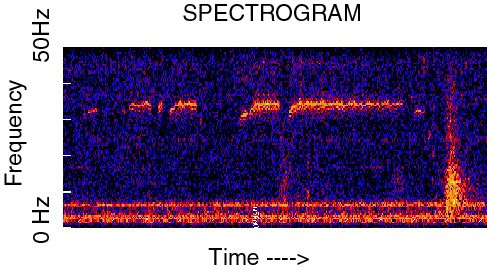
In 1997, NOAA’s ocean listening devices picked up a sound that came to be known as “the Train” because it resembled the noises produced by a train. However, the cause of this unnerving sound remains uncertain. It is speculated to be linked to underwater volcanic activity, but like many oceanic mysteries, concrete evidence is still out of reach.
9. The Julia Sound
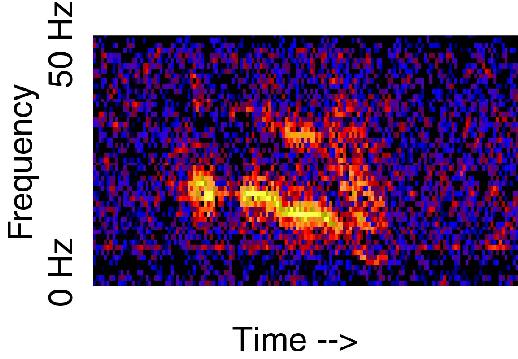
On March 1, 1999, NOAA hydrophones captured a sound that resembled a long, slow wail, earning it the nickname “Julia.” The sound was heard resonating throughout the South Pacific Ocean. A possible explanation is ice movement in Antarctica, but the eerie, ghostly tones continue to spark imaginations and fuel theories of an unknown sea creature’s call.
8. The Slow Down

Recorded on May 19, 1997, the Slow Down sound is aptly named for its slowly descending frequency, reminiscent of a slowly deflating balloon. Lasting about seven minutes, the sound’s source is unknown, though it is thought to be the noise of an iceberg melting. The mystery deepens as the sound continues to be picked up sporadically to this day.
7. The Whistle
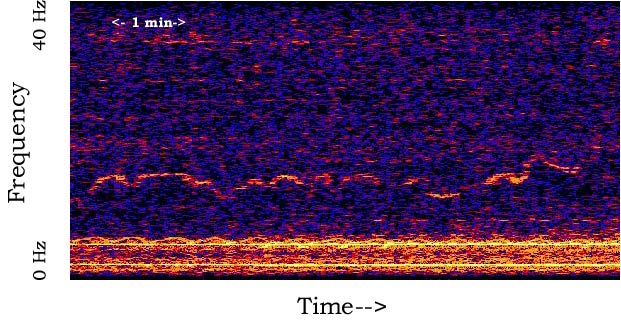
A sound described as a “Whistle” was recorded in July 1997 in the equatorial Pacific Ocean. Unlike many other oceanic sounds, the Whistle has a distinctive, high-frequency and mechanical quality. Some researchers suggest it could be related to volcanic activity or a large ship’s mechanical operations, but a definitive answer remains elusive.
6. The Boing
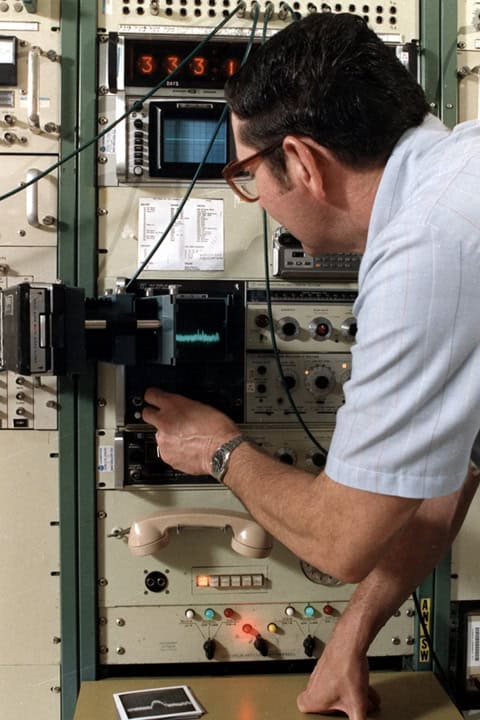
First documented by U.S. Navy hydrophones, the Boing sound is characterized by a unique bong-like tone. Primarily detected in the Pacific Ocean near Hawaii, the sound is thought to be produced by minke whales. Despite this potential explanation, the exact process of its creation and its role in whale communication is still under study.
5. The Hum

One of the more perplexing oceanic sounds is the Hum, a continuous low frequency sound detected worldwide. Its origin has been attributed to both natural and man-made sources, ranging from waves and fish to shipping noise. However, its exact cause remains a subject of debate, adding to its mysterious allure.
4. The Ross Sea Sound

In 2001, strange acoustic signals were detected in the Ross Sea. These sounds were reported as echo-like noises, possibly linked to geological formations or the movement of ice. While not as menacing as some others, the sounds from the Ross Sea are a reminder of the geological processes occurring in icy polar environments.
3. The Submarine Singing

This peculiar sound has been recorded near submarine operations zones, adding an eerie atmosphere with harmonics that resemble singing. Speculated to be made by native marine life or as a result of interactions between naval equipment and the environment, this sound continues to be investigated by marine acoustic researchers.
2. The Airdrop

Detected by multiple hydrophone arrays, the Airdrop sound resembles the splash and subsequent reverberations of an object being dropped into the ocean. Despite its identifiable features, the true nature of this sound remains a mystery. It serves as yet another example of how much we have yet to understand about ocean noises.
1. The Whalesong Mysteries

Although not initially considered terrifying, certain whalesongs recorded in deep-sea environments contain frequencies and patterns that are unsettlingly anomalous. These sounds, reminiscent of ancient calls or otherworldly melodies, hint at complex communication systems still largely undiscovered by humans. Studies of these mysterious songs may ultimately reveal new insights into the lives of our ocean’s gentle giants.
The ocean is a fascinating reservoir of the unknown, with sounds that can terrify, intrigue, and spur scientific curiosity. Each recording encapsulates the wild beauty and enigmatic allure of Earth’s greatest wilderness. As scientists continue their explorations, the mysteries these sounds hint at may lead to understating our planet’s oceans more deeply.
- America’s Most Endangered Mammals And How to Help - August 9, 2025
- The Coldest Town in America—And How People Survive There - August 9, 2025
- How Some Birds “Steal” Parenting Duties From Others - August 9, 2025

